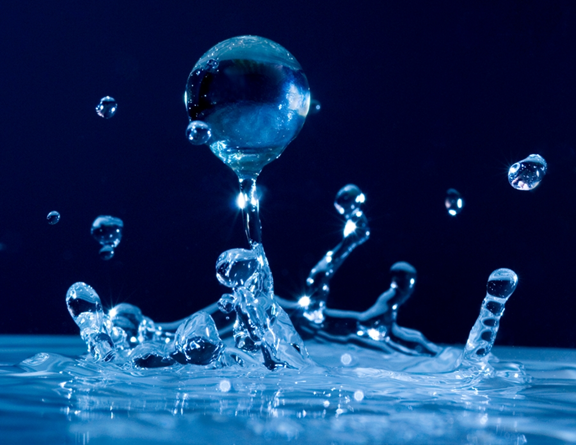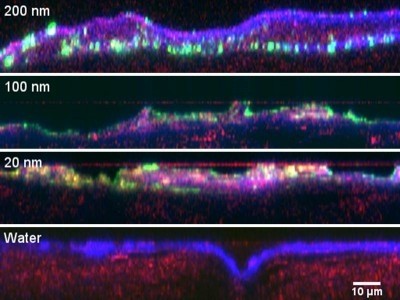Scientists utilise sunscreen ingredient to rid water of toxins

Activated by UV light, the TiO2 triggers a reaction which destroys bacteria, algae and fungi, thus cleaning the water.
Titanium dioxide is a naturally occurring oxide of the element titanium and is a major component of sun block to deter the absorption of ultraviolet (UV) rays from the sun, the concentration of which determines the product's Sun Protection Factor, or SPF.
Key research
The research team, which is led by Dr Tony Byrne and includes Dr Patrick Dunlop and Dr Jeremy Hamilton, is based at NIBEC, Ulster University's Nanotechnology and Integrated Bioengineering Centre at the Jordanstown campus where clean technology is a key research theme.
"Clean Technology is a term used to describe knowledge-based products or services that improve operational performance, productivity or efficiency, while reducing costs, inputs, energy consumption, waste or pollution,” says Byrne.
The team explain that they will use a process called photocatalysis, which is the acceleration of a photoreaction in the presence of a catalyst, in this case: TiO2.
“When [titanium dioxide is] excited by ultra violet light (UV), it becomes a powerful catalyst capable of destroying pollutants in water,” explains Byrne.
UV challenge
"Our challenge is to increase the solar efficiency because sunlight contains only a small proportion of UV. We have already demonstrated the destruction of the cyanotoxins under laboratory conditions using new catalysts under solar light but we need to fully understand the mechanism."
The research was triggered due to the increase of harmful algal blooms in estuaries and freshwater aquatic systems around the world, which is becoming a major global problem because of the serious threat they pose to wildlife, livestock and humans.
Algal blooms occur naturally but not all pose a risk to humans or animals. However, an increased supply of limiting nutrients in water due to pollution will increase the likelihood of harmful algal blooms.
The practical application of photocatalysis is made possible by the discovery of water electrolysis by means of titanium dioxide, and its reaction to UV exposure.












